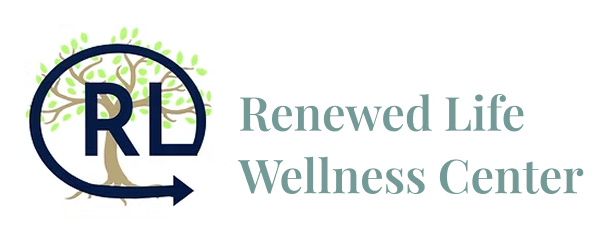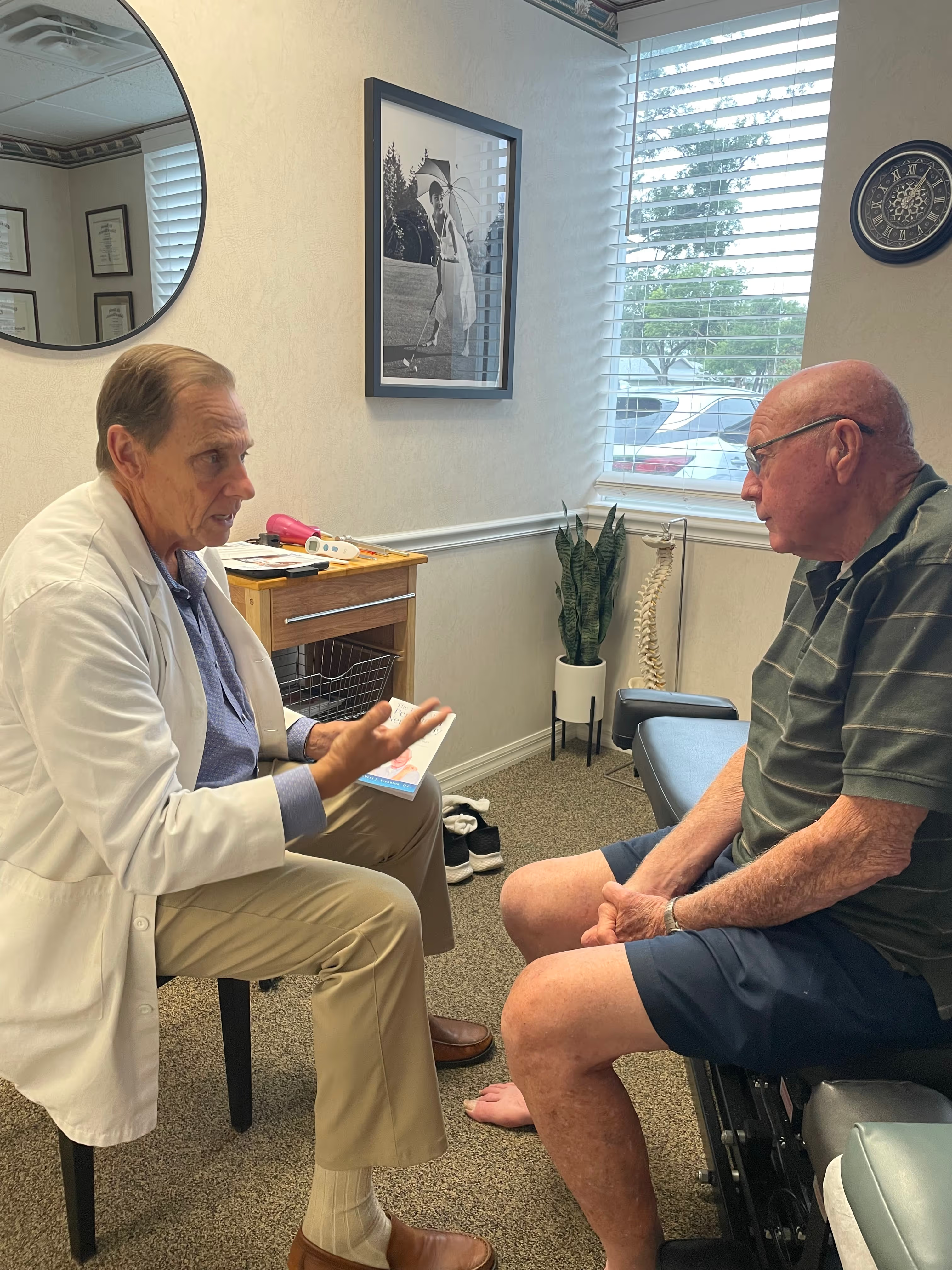Stem Cell Therapy vs. PRP: What’s the Difference?
Platelet-Rich Plasma (PRP) injections are a common treatment for knee pain. PRP uses a concentration of your own blood platelets to release growth factors and stimulate healing. While PRP can be helpful for minor injuries and inflammation, stem cell regenerative therapy goes further:
- Higher Regenerative Potential: Stem cells don’t just release growth factors; they can differentiate into specialized cells that help repair damaged cartilage and tissue.
- Longer-Lasting Results: Because stem cells actively participate in regeneration, the improvements can be more significant and longer-lasting compared to PRP alone.
- Better for Advanced Damage: PRP may be ideal for mild joint issues, while stem cell therapy can address more moderate to severe degeneration or chronic conditions.
- Can Be Combined: In some cases, stem cell and PRP therapies are combined to maximize healing potential.
If you’ve tried PRP without the results you hoped for, or if your condition is more advanced, stem cell regenerative therapy may be the next step to restore knee function and relieve pain.







